This comprehensive guide will provide you with expert tips and techniques on how to train your dog for agility competitions. Agility competitions require dedication, patience, and skill from both the dog and the handler. Training your dog for agility not only helps to build a strong bond between you and your furry friend but also keeps them mentally and physically stimulated.
Key Takeaways:
- Consistent Training: Daily training sessions with clear instructions and positive reinforcement are key to preparing your dog for agility competitions.
- Focus on Basic Commands: Ensuring your dog has a strong foundation in basic commands like sit, stay, heel, and come is vital for success in agility competitions.
- Build Confidence: Gradually increase the difficulty of obstacles and challenges to help your dog build confidence and readiness for the competition environment.
Understanding the World of Dog Agility
The world of dog agility is a thrilling and engaging sport that challenges both the physical abilities of the dog and the handler’s training skills. It is a fast-paced and competitive activity that requires teamwork, precision, and quick thinking. Agility competitions involve a series of obstacles that the dog must navigate through, including jumps, tunnels, weave poles, and more. The goal is to complete the course accurately and in the fastest time possible.
The History and Popularity of Dog Agility Competitions
Clearly, dog agility has come a long way since its humble beginnings in England in the late 1970s. Originally designed as entertainment for spectators at the Crufts Dog Show, agility has now evolved into a worldwide phenomenon with competitions held globally. Its popularity can be attributed to the dynamic and engaging nature of the sport, as well as the strong bond it fosters between dogs and their handlers.
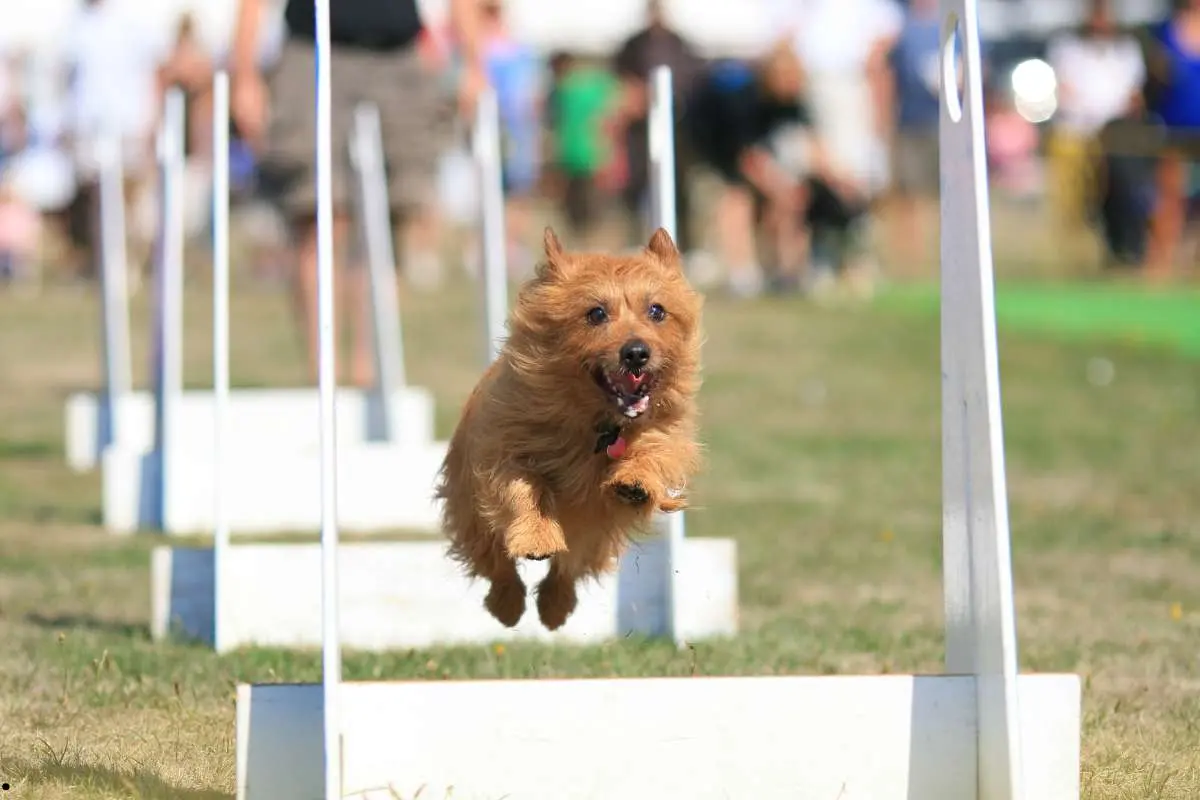
Key Elements of Agility Competitions
While speed is a crucial element in agility competitions, accuracy and control are equally important. Dogs must demonstrate precise movements and obey commands while navigating through obstacles. Handlers play a significant role in guiding their dogs through the course, using verbal cues and body language to direct their movements.
Competitions in agility require a combination of physical fitness and mental focus from both the dog and the handler. The sport not only tests the agility and obedience of the dog but also strengthens the bond between the duo. Agility competitions provide positive reinforcement for the dog, rewarding them for their hard work and dedication to training.
Assessing Your Dog’s Potential for Agility
Evaluating Your Dog’s Physical Health
Some of the most crucial factors to consider when assessing your dog’s potential for agility are physical health and fitness levels. It is paramount that your dog is in good overall health to handle the physical demands of agility training and competitions. Make sure to schedule a visit to your veterinarian for a thorough examination to rule out any underlying health issues that may affect your dog’s ability to participate in agility activities.
Considering Your Dog’s Breed and Characteristics
Dogs come in a wide range of shapes, sizes, and breeds, and each has unique characteristics that can influence their suitability for agility. While any dog can potentially participate in agility, certain breeds are more commonly seen excelling in this sport due to their athleticism, energy levels, and agility. Consider your dog’s breed traits such as intelligence, athleticism, and eagerness to learn when determining their potential for agility.
Physical attributes such as size and build can also play a significant role in a dog’s agility potential. Dogs that are too small or too large may struggle with certain obstacles in agility courses. Additionally, breeds with shorter legs or flat faces may find certain activities more challenging. Understanding how your dog’s physical characteristics align with the requirements of agility can help you make an informed decision about their suitability for this sport.
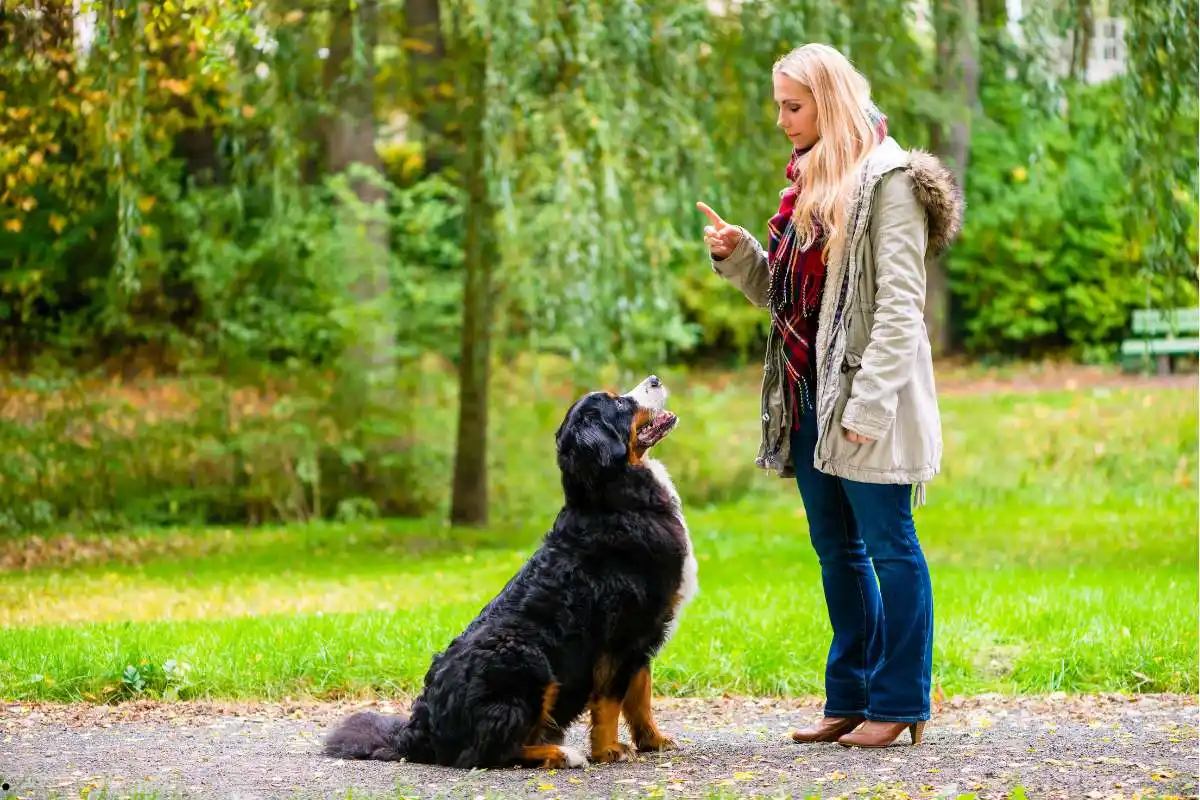
Starting With the Basics
Establishing Obedience and Control
After bringing your dog home, the first step in training for agility competitions is establishing obedience and control. Some important commands to teach your dog include sit, stay, come, and heel. These commands form the foundation of agility training as they help you communicate effectively with your dog and maintain control in high-energy situations.
Introducing Your Dog to Basic Agility Concepts
Establishing a positive association with the agility equipment is crucial during this phase. Start by introducing your dog to tunnels, jumps, and weave poles gradually. Use treats and praise to encourage your dog to explore and interact with the equipment. Keep training sessions short and fun to prevent your dog from becoming overwhelmed.
The Importance of Patience and Consistency
Control is key when it comes to agility training. It is important to remain patient and consistent throughout the training process. Dogs thrive on routine and clear communication, so be sure to practice regularly and reinforce good behavior. Remember that learning new skills takes time, so celebrate small victories and be patient with your furry companion.
Agility Training Tips and Techniques
Now, when training your dog for agility competitions, it’s imperative to focus on specific tips and techniques to enhance their performance. Agility training involves a variety of exercises and commands that help your dog navigate through obstacle courses with speed and precision.
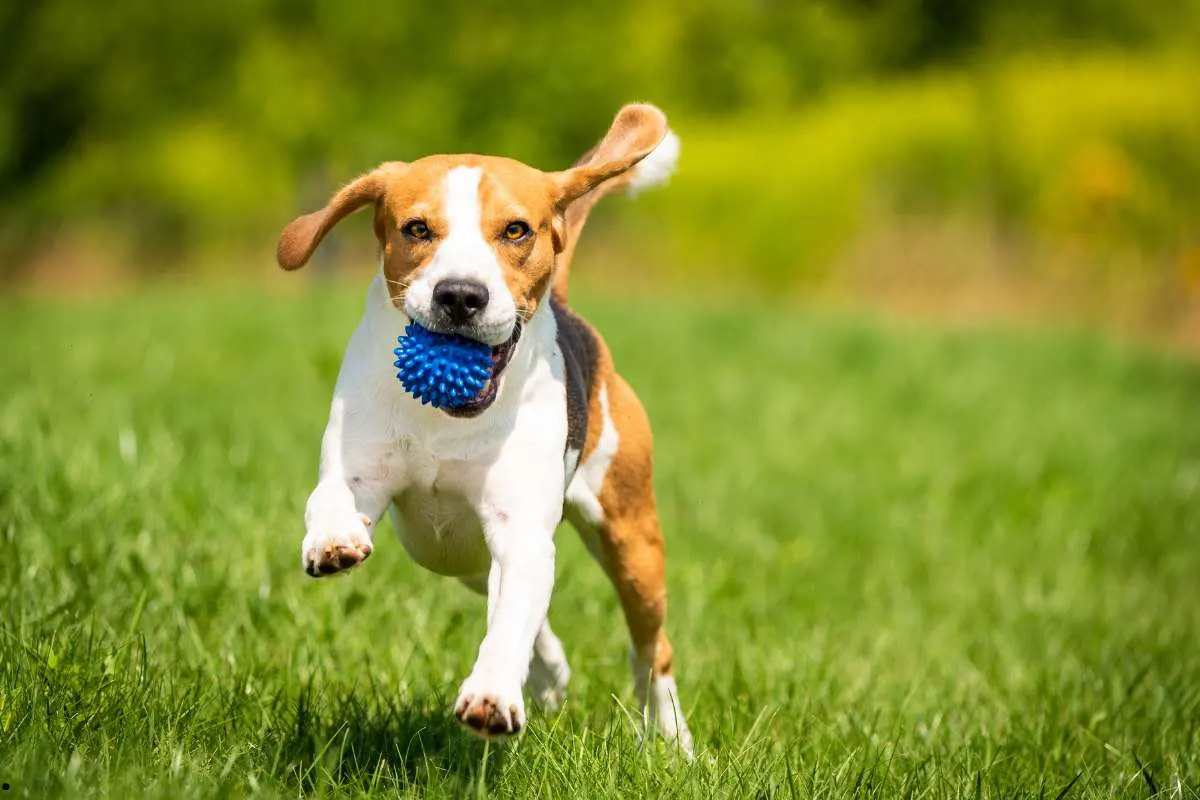
Developing Speed and Stamina
Clearly, agility training requires your dog to have optimal speed and stamina to complete the course efficiently. To develop speed and stamina, incorporate interval training into your routine. This involves alternating between periods of high-intensity activity and rest to build endurance and speed. Regular exercise, such as running, playing fetch, and uphill climbs, can also help improve your dog’s overall fitness level.
Any agility training regimen should include a focus on building your dog’s endurance and speed gradually to prevent injuries. Be mindful of your dog’s physical limits and adjust the training intensity accordingly.
Teaching Agility Specific Commands
One of the key aspects of agility training is teaching agility-specific commands to your dog. Commands such as “tunnel,” “weave,” “jump,” and “pause” are imperative for guiding your dog through the course effectively. It’s important to use consistent verbal cues and hand signals to communicate with your dog during training and competitions.
A proper understanding and execution of agility-specific commands are crucial for your dog to navigate the course successfully. Consistent training and positive reinforcement will help reinforce these commands and improve your dog’s performance.
Using Treats and Toys for Motivation and Reward
Little incentives like treats and toys can be powerful motivators for your dog during agility training. Rewarding your dog with treats or their favorite toy after completing a challenging task can help reinforce positive behavior and keep them engaged in the training process.
Developing a reward system based on treats and toys can enhance your dog’s motivation and focus during agility training sessions. However, it’s imperative to strike a balance and not rely solely on treats for obedience and performance.
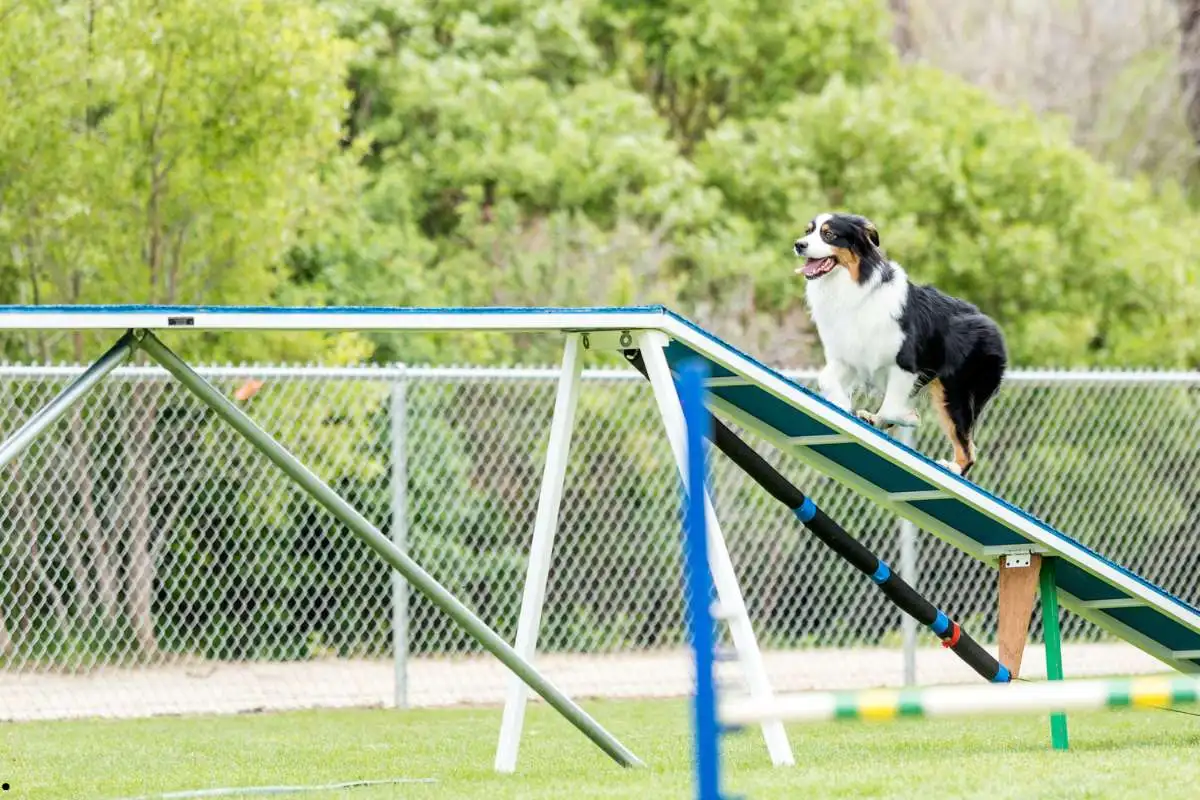
Setting Up the Right Environment for Training
Essential Equipment for Home Training
All serious agility competitors know that training doesn’t just happen at the agility course. Having the right equipment at home can make a big difference in your dog’s preparation. One vital piece of equipment is a set of adjustable jumps that mimic those at competitions. Tunnel chutes, weave poles, and a pause table are also crucial for your dog to practice and perfect their skills.
Creating a Safe and Positive Training Space
Essential to your dog’s success in agility is the environment in which they train. One key aspect is ensuring your training space is safe and positive. Essential features include non-slip flooring to prevent injuries, proper lighting for visibility, and a clear area free from any obstacles that could cause accidents.
Safe training spaces also include the absence of any dangerous objects or substances that could harm your dog. Always keep training areas free from sharp objects, toxic plants, or any hazardous materials. Positive reinforcement training techniques should be used in a space that promotes confidence and comfort for your dog, helping them to perform their best.
Joining an Agility Training Class
Despite the benefits of training your dog at home, joining an agility training class can take your dog’s skills to the next level. Training with professional coaches in a structured environment can enhance your dog’s performance and help you both learn new techniques and strategies to excel in competitions.
Benefits of Professional Coaching
With professional coaching, you and your dog can benefit from the experience and expertise of trainers who understand the intricacies of agility training. Their guidance can help you correct any mistakes in your training methods, improve your dog’s performance, and build a stronger bond with your furry companion. Additionally, training in a group setting can help simulate the distractions and challenges present in a real agility competition, better preparing you and your dog for success.
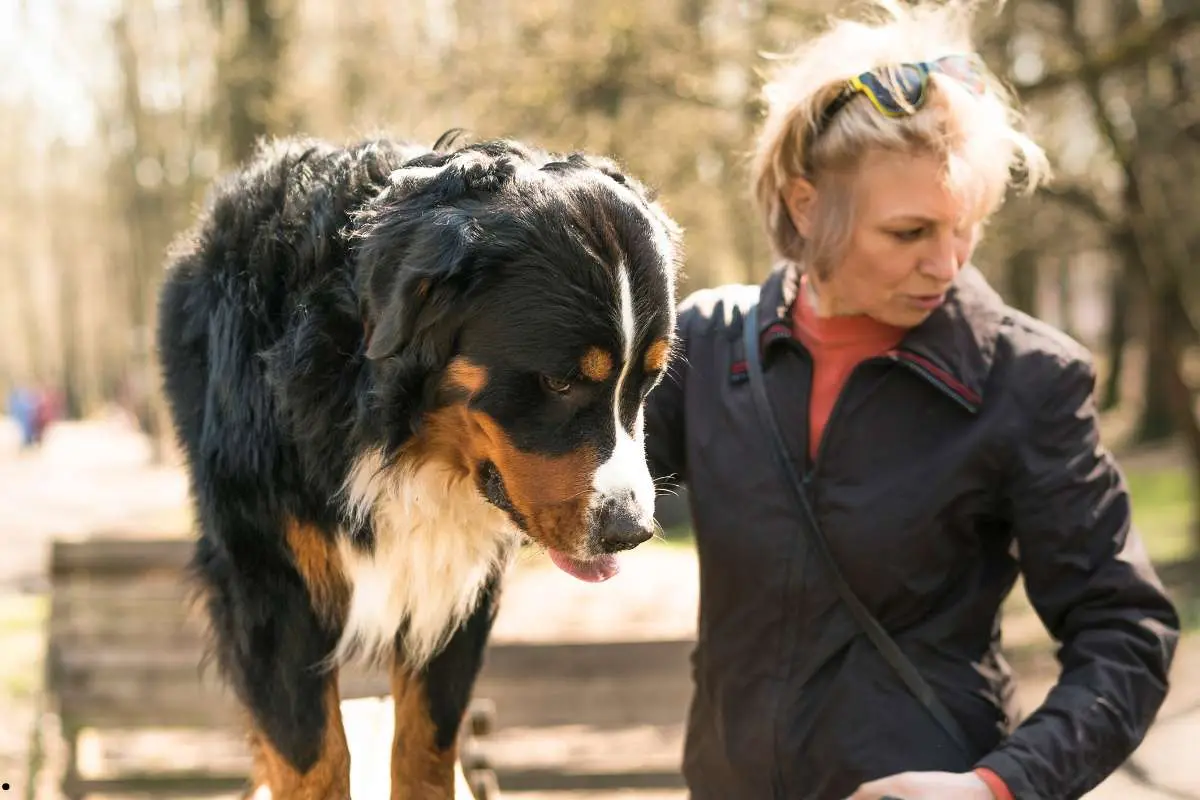
How to Choose the Right Class and Trainer
Class selection is crucial when enrolling in an agility training program. Look for classes that cater to your dog’s skill level, whether they are a beginner or an advanced competitor. Consider the trainer’s credentials, experience, and training methods to ensure they align with your goals and training philosophy. For instance, choosing a class with a trainer who has a successful track record in agility competitions can significantly impact your training outcomes. It is important to observe a class beforehand to ensure it is a good fit for you and your dog’s needs.
Preparing for Competition
Overcoming Pre-competition Jitters
For many dogs, competing can be a nerve-wracking experience. Prior to the event, ensure your furry friend gets plenty of exercise and mental stimulation to help reduce any anxiety. Stick to a familiar routine to provide a sense of comfort and security. Positive reinforcement training can also help build confidence and create a strong bond between you and your canine companion.
What to Expect on the Day of the Event
Little things can make a big difference on the day of the competition. Make sure to arrive early to allow time for your dog to acclimate to the surroundings. Keep your dog hydrated and offer potty breaks regularly. Familiarize yourself with the course layout and rules before your run. Bring along crucials such as water, treats, and grooming supplies.
It’s crucial to stay calm and composed as your dog can pick up on your emotions. Visualize a successful run and maintain a positive attitude to help reassure your dog. Remember to encourage and praise your dog throughout the event to keep their spirits high.
Strategies to Boost Performance Under Pressure
You can incorporate various techniques to enhance your dog’s performance under pressure. Incorporate short training sessions in different locations to improve adaptability. Practice focus exercises and relaxation techniques to help your dog stay calm during the event. Additionally, simulate competition settings during training to prepare your dog for the excitement and distractions of the actual event.
With consistent training methods and a positive attitude, you and your dog can conquer the agility competition circuit. Remember that each dog is unique, so adapt your training strategies to suit your furry friend’s needs and preferences. Stay patient, have fun, and enjoy the journey of competing with your beloved canine companion.
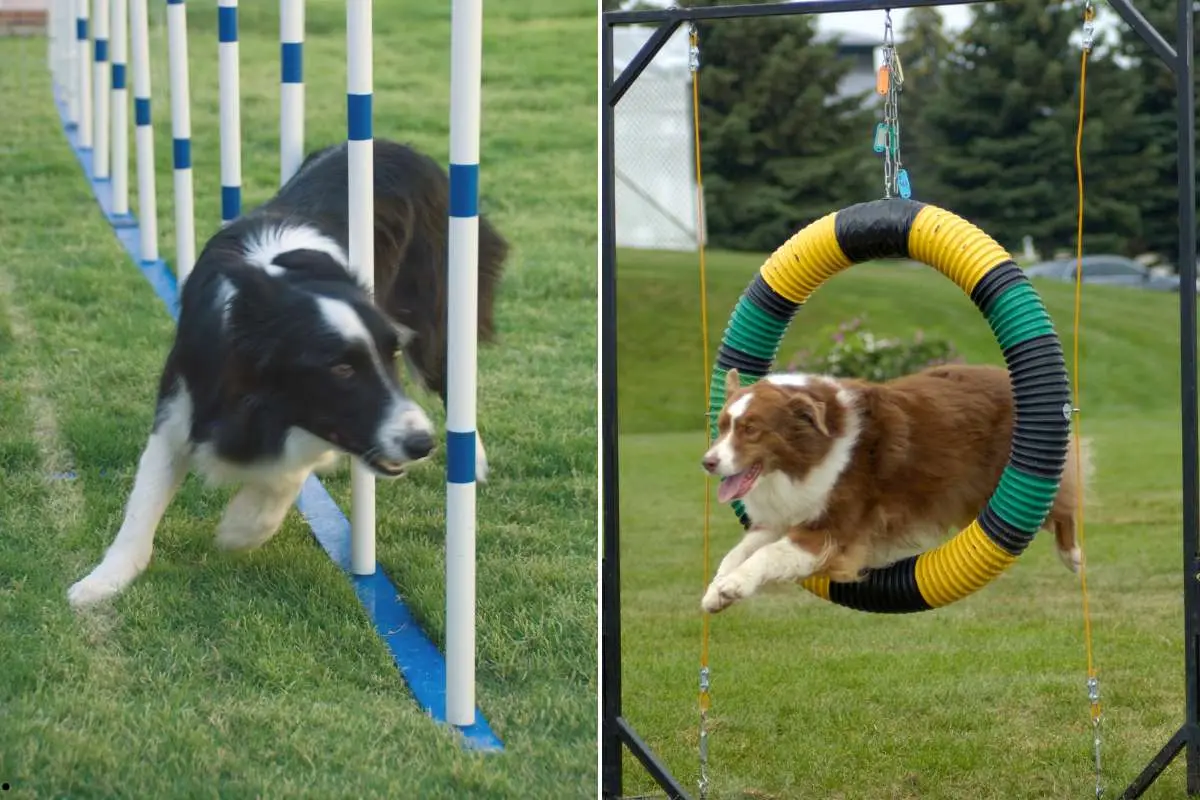
Health and Safety Factors
To prepare your dog for agility competitions, it is crucial to consider the health and safety factors. Ensuring your dog’s well-being should be a top priority to prevent injuries and to maintain their mental and emotional state throughout the training process.
Injury Prevention and Health Checks
Any physical activity carries a risk of injury, and agility training is no exception. Before starting any training regimen, it is crucial to consult with your veterinarian to ensure that your dog is in good health. Regular health checks, proper warm-up exercises, and cooldown sessions can reduce the risk of injuries during agility training.
Managing Mental and Emotional Stress for Your Dog
Assuming your dog is physically fit, managing their mental and emotional stress is equally important. Dogs can experience stress and anxiety, especially in competitive environments. Training sessions should be fun and rewarding to keep your dog engaged and motivated.
Your dog’s well-being and happiness should always be the priority. Recognize signs of stress such as panting, pacing, or avoidance behaviors, and adjust training methods accordingly to ensure a positive experience for your furry companion.
Building a Long-Term Agility Training Plan
Unlike basic obedience training, agility competitions require a structured long-term training plan to ensure both you and your dog are prepared for the challenges ahead.
Setting Goals and Achievements
Now is the time to set clear and achievable goals for you and your dog in the agility training journey. Whether you aim to compete at a certain level or simply want to enjoy the sport together, establishing milestones can help guide your training sessions and keep you motivated.
Set specific goals such as improving speed through weaving poles or mastering complex obstacles like the A-frame. Celebrate each achievement and progress, no matter how small, as these milestones are vital in keeping you and your dog engaged in the training process.
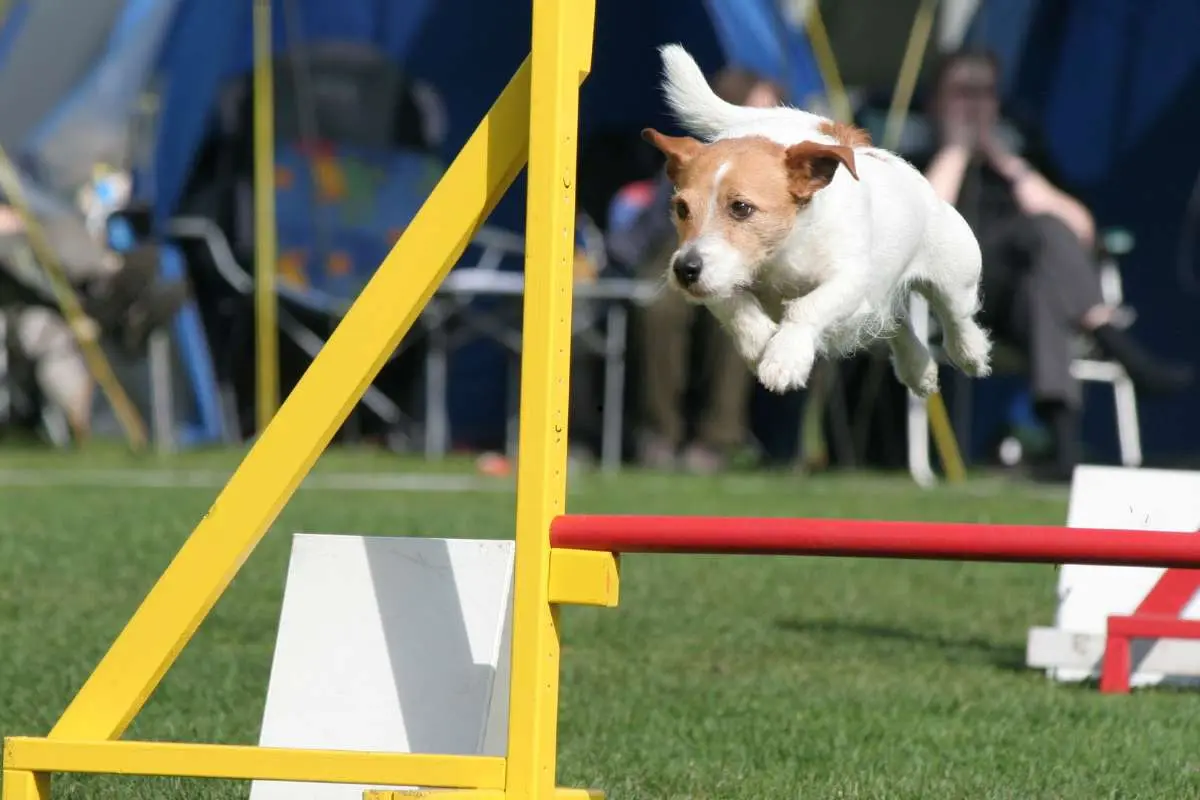
Keeping Your Dog Motivated and Engaged
One of the keys to successful agility training is maintaining your dog’s motivation and engagement throughout the process. A variety of training exercises, positive reinforcement techniques, and regular play sessions can help keep your dog enthusiastic and eager to learn.
A well-balanced training routine that includes a mix of agility drills, obedience exercises, and bonding activities will prevent boredom and burnout, ensuring that your dog remains focused and excited about training sessions.
Adjusting Training As Your Dog Ages
Clearly, as your dog ages, their physical abilities and energy levels may change, necessitating adjustments to your training plan. It is crucial to adapt the intensity and duration of training sessions to accommodate any physical limitations while still stimulating your dog mentally and physically.
This ensures that your dog can continue to enjoy agility training while minimizing the risk of injury or exhaustion. Regular visits to the vet can also help you tailor the training plan to your dog’s changing needs as they get older.
Summing up
Training your dog for agility competitions requires patience, consistency, and a positive attitude. By starting with basic obedience training, gradually introducing agility equipment, and focusing on building a strong bond with your dog, you can set a solid foundation for success in competitions. Remember to always prioritize your dog’s physical and mental well-being throughout the training process.
With dedication and practice, you and your dog can develop the skills and teamwork needed to excel in agility competitions. By following the tips and techniques outlined in this guide, you can ensure that both you and your furry companion have a rewarding and fulfilling experience in the exciting world of dog agility.
